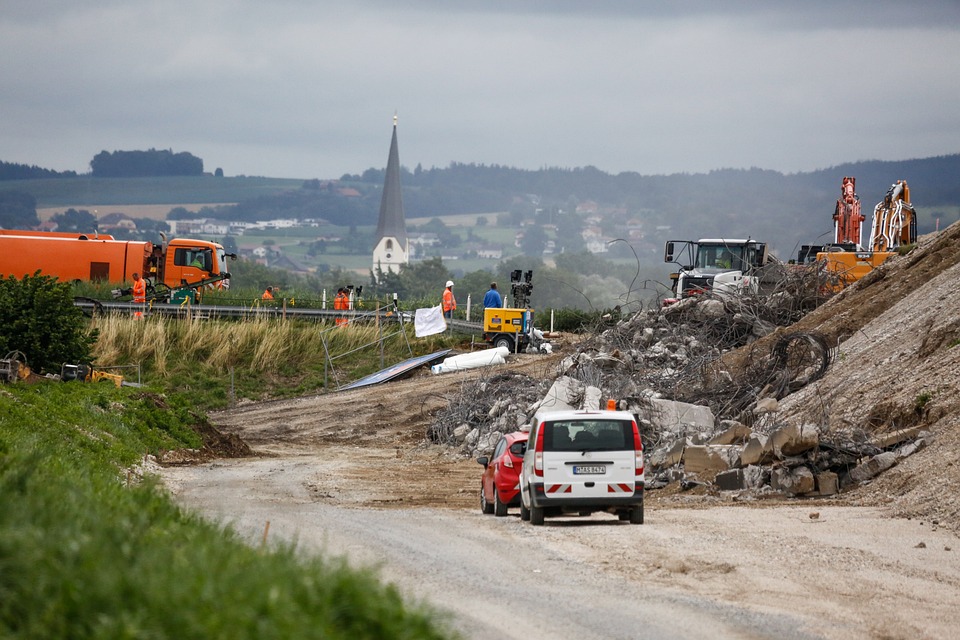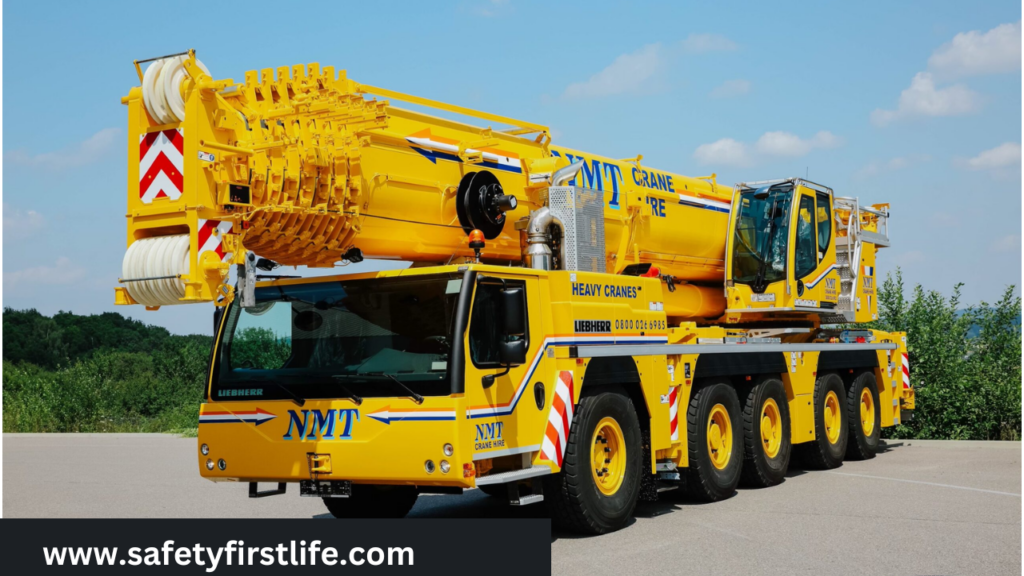The best possible strategies to prevent excavation cave-ins and collapses encompass a comprehensive approach that begins with meticulous planning and
assessment of the excavation site. This involves thorough soil analysis, understanding the site’s specific conditions, and choosing appropriate protective
measures such as shoring or sloping. Additionally, extensive training in excavation safety protocols ensures that workers are equipped to identify potential risks and
respond effectively in emergencies. Regular maintenance of equipment, clear communication among team members, and a strong safety culture further fortify
these strategies, emphasizing the collective responsibility to uphold safety standards and mitigate risks inherent in excavation work.
Certainly, here are the 10 points with clearer explanations:
Effective Safety Controls to prevent Excavation Incidents:
- Planning: Thoroughly plan and assess the excavation site.
Explanation: Before starting any excavation work, a comprehensive plan is essential. This plan includes evaluating the site, identifying potential hazards, and
determining the best protective measures to be implemented. It sets the stage for a safe and organized excavation process. - Training: Ensure all workers are well-trained in safety protocols.
Explanation: Safety training is non-negotiable. All workers must receive proper training in excavation safety. This includes understanding the use of protective
systems, recognizing potential hazards, and knowing how to respond in emergency situations. Regular training updates are crucial to stay current with
safety standards. - Communication: Promote open and clear communication among the team.
Explanation: Effective communication is key to preventing accidents. Workers should be encouraged to openly discuss safety concerns and observations with
their team members and supervisors. Clear channels of communication ensure that safety issues are addressed promptly. - Maintenance: Regularly maintain equipment and machinery.
Explanation: Well-maintained equipment is safer equipment. Regular inspections and maintenance of machinery and tools used in excavation work ensure that
they are in proper working condition, reducing the risk of accidents due to equipment failure. - Safety Culture: Cultivate a culture of safety and vigilance.
Explanation: A strong safety culture is the cornerstone of accident prevention. It involves instilling a mindset in which every worker understands that safety is the top priority and takes personal responsibility for their safety and the safety of their colleagues.
Preventive Measures
Effective Safety Controls to prevent Excavation Incidents:

- Emergency Preparedness: Develop and practice emergency response plans.
Explanation: Accidents can happen, and being prepared is essential. Having well- defined emergency response plans, practicing them regularly, and ensuring that all workers know their roles during emergencies can save lives and minimize damage. - Permits and Inspections: Adhere to permitting and inspection requirements.
Explanation: Excavation work often requires permits and inspections to ensure that safety standards are met. Adhering to these regulatory requirements is not
just a legal obligation but a crucial step in maintaining safety. - Personal Protective Equipment: Ensure all workers wear appropriate PPE.
Explanation: Personal Protective Equipment (PPE) is a frontline defense against potential hazards. It includes hard hats, high-visibility clothing, safety boots,
gloves, and more. Ensuring that all workers wear the appropriate PPE at all times is fundamental to their safety. - Monitoring: Continuously monitor site conditions and hazards.
Explanation: Site conditions can change, and hazards may arise during excavation.Continuously monitoring the site for new hazards and changes in conditions is vital for taking prompt corrective actions to maintain safety. - Traffic Management: Implement traffic control measures for excavation sites.
Explanation
Managing traffic in and around excavation sites is essential to prevent accidents and collisions. Implementing traffic control measures, such as
barriers, signs, and designated pathways, helps ensure the safety of workers and passersby.
Excavation safety isn’t just about rules and gear; it’s about valuing each other’s lives and well-being. By prioritizing safety, we create a culture that treasures
every person on the team, ensuring that we all return home safely at the end of the day. Remember, safety isn’t a task; it’s a mindset—a commitment to each
other’s safety and a pledge to watch out for one another. Let’s continue fostering this safety culture, not just for compliance but for the shared goal of safeguarding
every life involved, because in the end, nothing is more important than returning home safe to our loved ones.


